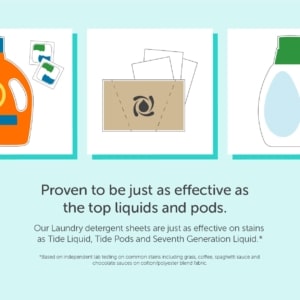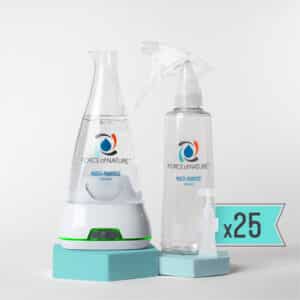
What is phenoxyethanol?
Used to limit bacterial growth, phenoxyethanol is a preservative, stabilizer, and a fragrance ingredient that’s found in cosmetics, cleaning, dish soap, laundry and personal care products. [1][2][3] .
What is products is phenoxyethanol in?
Phenoxyethanol is found in cosmetics, fragrances, moisturizers, sunscreens, cosmetics, hair conditioners and shampoos, nail polish, body wash, lotions and creams, haircare products, lip balm, baby lotions, soaps, shaving cream, deodorant, toothpaste, hand sanitizer, ultrasound gel [1][2], cleaning products, dish detergents, and laundry detergents [3] .
How to tell if a product has phenoxyethanol
To avoid phenoxyethanol, avoid the following ingredients: phenoxyethanol; 2-phenoxyethanol, euxyl k 400; 2-hydroxyethyl phenyl ether; 2-phenoxy-ethanol; 1-hydroxy-2-phenoxyethane; phe; 2-phenoxyethyl alcohol; ethanol, 2-phenoxy-; ethanol, 2phenoxy; ethylene glycol, monophenyl ether; phenoxytol; 2-phenoxyethanol [1][2].
Risks associated with phenoxyethanol
Exposure to phenoxyethanol has been associated with a variety of health issues ranging from moderate concern to severe, life-threatening problems including:
- Allergic reactions [2]
- Skin, eye, lung irritation [1]
- Neurotoxicity [1][2]
Japan’s Standards for Cosmetics have restricted the use of phenoxyethanol in cosmetics and the European Union has classified this ingredient as toxic or harmful particularly when it is present in products used around the mouth or on the lips [1]. The EU has also classified it as an irritant.[1] In 2008, the FDA warned consumers to avoid Mommy’s Bliss Nipple Cream because the phenoxyethanol suppressed infants’ central nervous system function and caused diarrhea and vomiting in breast-feeding babies [2]
How to avoid phenoxyethanol
The best way to avoid phenoxyethanol is to read ingredient labels and avoid all products that contain it. Be sure to avoid products that contain phenoxyethanol synonyms (listed above) and seek out toxic chemical free products that contain alternative preservatives to phenoxyethanol. In cleaning products, where manufacturers aren’t required to list all their ingredients on product labels, choose toxic chemical free alternatives with safe non toxic ingredients. In personal care products, do your own research on a product’s ingredients by using a resource such as the Environmental Working Group’s Skin Deep product database. Keep in mind that parabens may increase the toxic effects of phenoxyethanol [2].
References:
[1] EWG’s Skin Deep Cosmetics Database (2007-2016). Phenoxyethanol. Available online: https://www.ewg.org/skindeep/ingredient/704811/PHENOXYETHANOL/ December 20, 2016.
[2] Campaign for Safe Cosmetics (2016). Phenoxyethanol. Available online: http://www.safecosmetics.org/get-the-facts/chemicals-of-concern/phenoxyethanol/
[3] US Department of Health & Human Services Household Products Databases. Available online: https://householdproducts.nlm.nih.gov/cgi-bin/household/brands?tbl=chem&id=745&query=Phenoxyethanol+&searchas=TblChemicals January 23, 2107.



